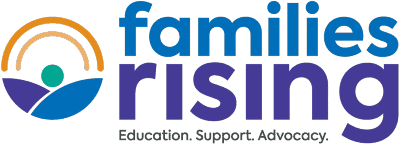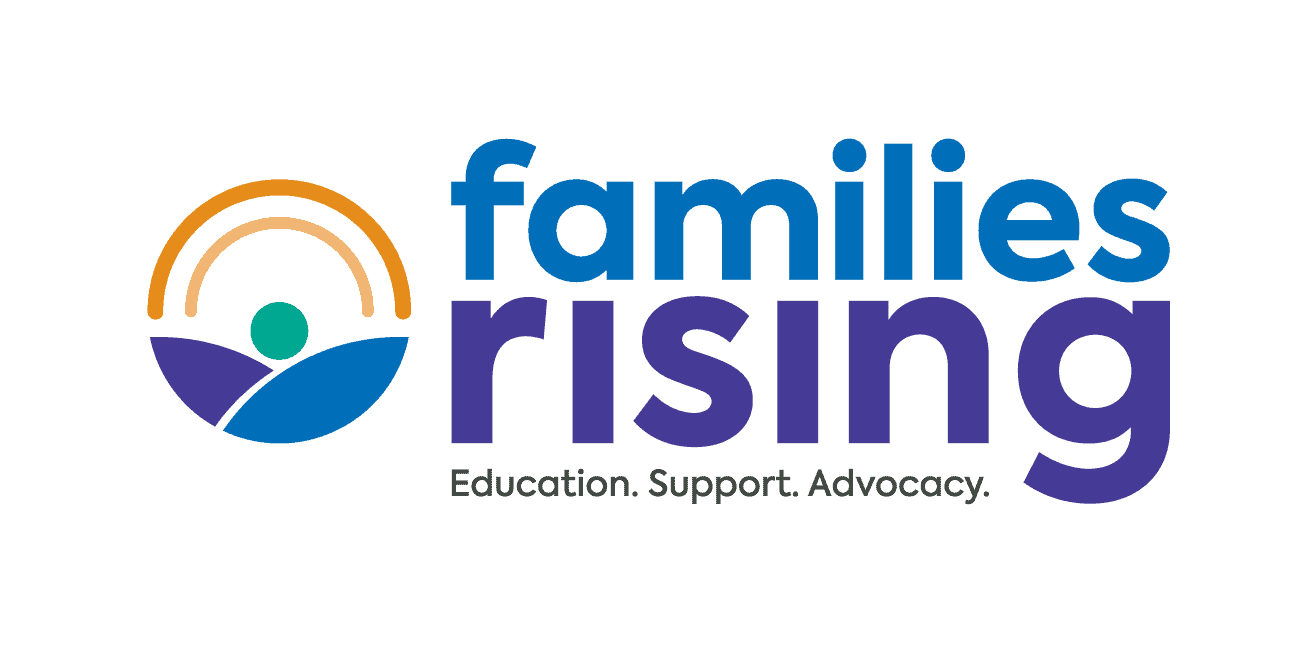What Is Adoption Assistance or Adoption Subsidy?
Adoption assistance is intended to help defray some of the costs for medical coverage, mental health care, and other services necessary to meet the special and ordinary needs of a child who has been adopted from the foster care system. Adoption assistance is an important benefit that helps sustain the health and welfare of a child while providing necessary services to promote stability and strength of the adoptive family. Children adopted from foster care often need time to heal from traumas suffered in their early lives and adoptive families need support services as they help their children grow and thrive.
Shortly before an adoption is finalized, the state or local agency administering the adoption and the parents agree upon the amount of adoption assistance needed to care for the child’s special needs. Each state’s adoption assistance payment schedule varies. Some states require adoptive parents to recertify their adoption subsidy agreement annually. Adoptive parents can ask to modify or renegotiate their child’s current adoption assistance rate at any time if there are any changes in the family’s circumstances or in their child’s special needs that significantly affect the cost of caring for their child. (To learn more about specific state adoption policies, go to state profiles and click on the state. Profile question 21 offers state-specific guidance on how to renegotiate or modify an adoption subsidy agreement in each state.)
Why Do Parents Sometimes Re-negotiate or Modify Their Child’s Subsidy Agreement
Generally, most parents try to re-negotiate or modify their child’s subsidy agreement when their child needs more medical, mental health, or special services because their child has:
- developed new behavioral issues as a result of known or unknown traumas the child suffered before the adoption,
- received a new medical or mental health diagnosis that was not evident at the time of the adoption, or
- issues or behaviors that now affect their child’s physical, mental, or emotional health and the parents’ ability to care for the child.
Families may also renegotiate when their circumstances have changed due to job loss or relocation to another state, or when other life-changing events occur.
Before starting, parents need to know the rate their child would receive in foster care, because many states negotiate adoption assistance rates equal to foster care rates. In any event, parents cannot negotiate an adoption assistance monthly rate in excess of the rate the child would have received in foster care. The only way an adoption assistance rate can be raised above the child’s foster care rate is when the severity of the child’s current diagnoses has increased so much that if the child went back into the foster care system today, a higher difficulty of care or specialized rate would be applied. Even in this situation, parents are going to have to work hard to negotiate the higher rate on the child’s behalf.
Special allowances that may have been available to the child in foster care, such as child care costs or clothing allowances, are often not reimbursed in the adoption assistance program. Parents can, however, try to access state and local services such as therapy, respite care, etc., as a way to modify their child’s adoption assistance agreement. (See the Sample Case For Renegotiating a Subsidy Agreement below.)
| Sample Case for Renegotiating a Subsidy Agreement | ||||||||||||||||||||
| Below is a sample case illustrating how one family successfully renegotiated their children’s adoption assistance agreements. For more state-specific subsidy rate information, go to Families Rising Adoption Subsidy Resource or call 800-470-6665 / 651-644-3036.
Marion and George Brown adopted a sibling group of three children: Nora, age 11; James, age 7; and Robert, age 5. At the time of adoption, Nora was diagnosed with ADHD and the Browns knew she had missed a lot of school in her early life. Testing revealed she was two grade levels behind her peers and she needed a specialized after-school program to help her catch up to grade level. Robert and James seemed to be developing normally even though they had both suffered extreme neglect. At the time of their adoption, Nora received the adoption subsidy basic rate plus a low supplemental maintenance rate and funding for the specialized after-school program. The boys were given the basic rate for adoption subsidy. (See the Adoption Assistance Rate Schedule below.) The supplemental maintenance rates range from low to high based on the severity of the child’s disability. Adoption Assistance Rate Schedule
Two years later, Nora was diagnosed with bipolar disorder. She exhibits behavior problems at school, is destructive both at home and in school, steals from her classmates, and frequently lies to adults. Robert, now 7, has been diagnosed with ADHD. Nine-year-old James experiences severe night terrors and requires weekly therapy sessions to deal with his anxiety. James also soils his clothes regularly at school and has difficulty managing his toileting needs. The Browns successfully renegotiated their subsidy agreements for Nora and James. Nora’s subsidy was raised to a medium supplemental maintenance to help cover the costs to treat her bipolar disorder and behavioral issues. James now receives a low supplemental rate and has access to individual therapy as part of his subsidy. Although Robert has been diagnosed with ADHD, he is doing well in school with the help of his teachers and medication. His needs have not changed enough to affect his adoption assistant agreement. |
||||||||||||||||||||
How Do Parents Prepare to Modify or Renegotiate Their Child’s Subsidy Agreement?
Parents should gather together all pertinent current documentation regarding their child’s special needs at the time they decide to initiate a request to modify or renegotiate. They should obtain letters from the child’s doctors; speech, occupational, or physical therapists; psychiatrists; psychologists; teachers and other professionals. These letters should include the child’s diagnoses and the recommended services the child needs to function in the home, school, and community. It can take months to receive letters from each professional, so be sure to allow enough time. Next, parents should create a family budget to determine the costs associated with raising the child. (See the Family Budget Worksheet.) This information will help build a case to negotiate with agency personnel during the modification/review meeting.
Parents should document the resources that are going directly to address the child’s special needs, such as:
- transportation to scheduled appointments,
- copays for medical and mental health appointments not covered by Medicaid or private insurance,
- other therapy or medical expenses not covered by Medicaid or private insurance,
- time away from work to deal with school issues and extraordinary behaviors,
specialized schooling to meet educational needs, and - socialization and behavioral activities to meet the child’s special needs.
Keep in mind, that in many cases, a monthly subsidy is not going to cover all the child’s needs.
To begin the process to modify or renegotiate a child’s adoption subsidy agreement, parents need to arrange a meeting with the worker or the adoption agency that completed the child’s adoption. The worker or agency will explain the process and the steps needed to have the case reviewed.
| States Can Renegotiate Rates |
States also have the ability to renegotiate rates:
|
Conclusion
The only way a child’s subsidy agreement can be modified or renegotiated is if parents take the necessary steps to do it. Remember, just because parents decide to move forward to try to renegotiate or modify a child’s subsidy agreement does not mean the child will be granted a new, higher rate or additional services. The success of the negotiation will depend on:
- whether or not parents provide proper documentation showing that the child has received a new medical or mental health diagnosis since the adoption, or is now exhibiting behavioral issues as a result of known or unknown traumas suffered before the adoption;
- whether they have clear evidence that the family’s circumstances have changed;
- and whether the documentation meets the guidelines for qualifying for a higher subsidy rate in the state.



